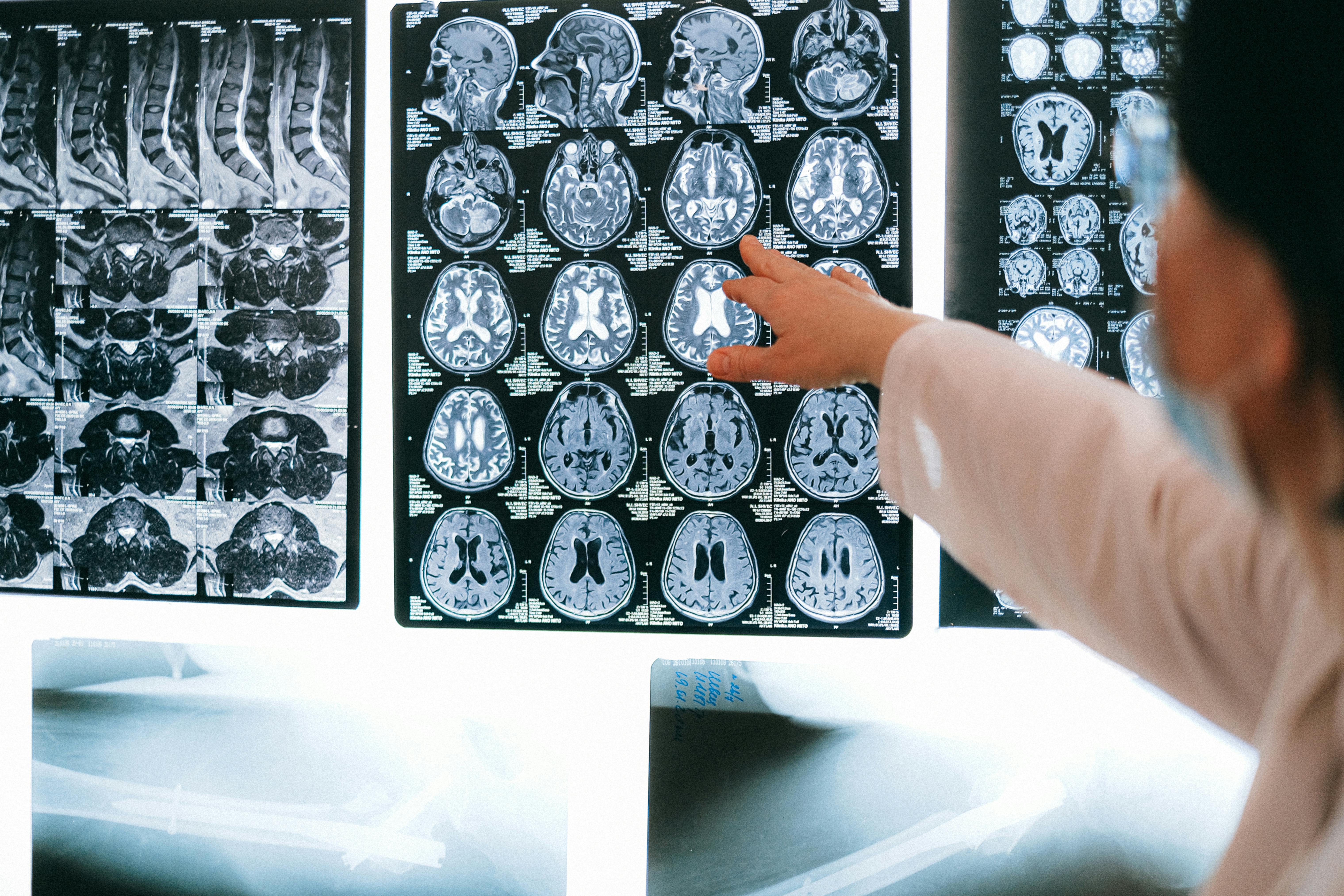
The healthcare landscape is undergoing a profound transformation. Digitalization, automation, and the rise of preventive care models are reshaping how medicine is practiced, delivered, and managed. From wearables that monitor patient health in real time to AI tools that predict risks before symptoms appear, technology is moving care beyond hospital walls. However, this progress introduces a new challenge: the medical workforce must adapt to thrive in a digital-first, prevention-driven ecosystem.
Previously, we talked about digital literacy in modern healthcare. Today, in this post, we explore how healthcare organizations can prepare their professionals for this shift. We will look at the key skills required, the barriers to adoption, and how organizations can use data, technology, and training to empower clinicians in the era of digital and preventive healthcare.
Healthcare innovation is accelerating, but workforce readiness often lags behind. According to Eurostat, the medical workforce is rapidly aging, with 12 EU countries reporting that the share of physicians aged 55 years and over was greater than 40.0% in 2022. Germany had the highest share of physicians aged 55–64 years at 36.1%,
A digitally unprepared workforce limits the success of even the best-designed health technologies. Nurses, doctors, and administrators need to not only operate new systems but also understand how to interpret data and apply it to preventive strategies.
When properly equipped, the medical workforce can:
A prepared workforce transforms technology from a challenge into an enabler of better care. Without training and adaptation, digital transformation risks widening the gap between innovation and implementation.
Preparing healthcare professionals for digital and preventive care involves building new skills beyond clinical expertise.
1. Digital Literacy
Understanding electronic health records (EHRs), connected devices, and digital platforms is now essential. Professionals must navigate these systems efficiently while maintaining patient focus. Check our blog post on digital literacy here!
2. Data Interpretation
Clinicians must learn to analyze wearable and sensor data, recognizing meaningful patterns such as early signs of cardiovascular or metabolic risk.
3. Patient Engagement
Digital health requires empathy. Professionals should communicate tech-driven insights in ways that patients understand, motivating behavioral change. We have covered this topic in details here!
4. Interdisciplinary Collaboration
Doctors, data scientists, and IT teams must work together seamlessly. Preventive healthcare depends on bridging medical expertise with technical insight.
5. Preventive Mindset
The shift from treating illness to maintaining health demands a new mindset—one centered on continuous monitoring, early intervention, and long-term wellness.
Training the workforce for digital care requires strategic, ongoing education. Healthcare institutions should:
Change management is equally critical. Leadership must clearly communicate how digital tools support, not replace, human care. Rewarding digital proficiency through recognition or certification also motivates engagement.
Technology is not replacing the medical workforce; it’s redefining it. Platforms like Thryve enable healthcare organizations to integrate and act on wearable data with minimal friction. With Thryve’s secure, GDPR-compliant infrastructure, clinicians can access standardized, real-time health metrics such as sleep, heart rate, and activity, all harmonized from over 500 devices.
This data helps:
When clinicians have access to these insights, they can provide faster interventions and improve outcomes, making technology a partner in care, not a barrier.
Despite the potential, transitioning to a digital and preventive workforce faces several challenges:
By addressing these barriers proactively, healthcare systems can make digital transformation sustainable and inclusive.
The future medical workforce will operate at the intersection of human care and digital intelligence. As AI and predictive analytics advance, clinicians will transition from crisis management to proactive health guidance. This creates opportunities to:
Collaborations between insurers, digital health platforms, and hospitals will drive this evolution, turning data into coordinated, preventive action.
Preparing the medical workforce for digital and preventive healthcare is about more than adopting new tools, it’s about transforming culture, education, and collaboration. The next generation of clinicians must feel as confident reading a health data dashboard as they do reading a medical chart.
With Thryve, healthcare organizations gain a trusted partner in that transformation. Our API empowers professionals to use wearable data responsibly, securely, and effectively, bringing prevention to the forefront of patient care. We enable:
Book a demo with Thryve today and discover how data-driven healthcare can redefine your organization’s impact.
Paul Burggraf, co-founder and Chief Science Officer at Thryve, is the brain behind all health analytics at Thryve and drives our research partnerships with the German government and leading healthcare institutions. As an economical engineer turned strategy consultant, prior to Thryve, he built the foundational forecasting models for multi-billion investments of big utilities using complex system dynamics. Besides applying model analytics and analytical research to health sensors, he’s a guest lecturer at the Zurich University of Applied Sciences in the Life Science Master „Modelling of Complex Systems“